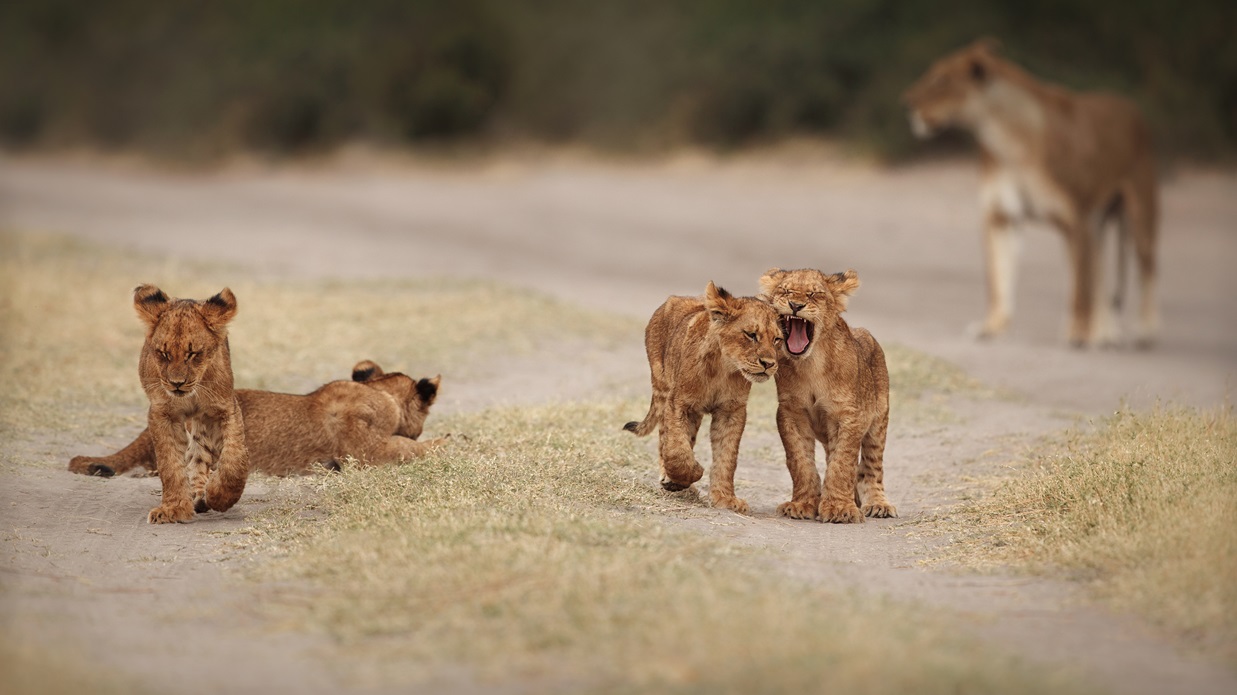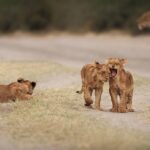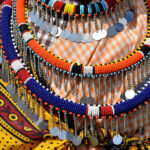
An East African safari offers incredible opportunities for wildlife photography, from capturing the majesty of the Big Five to documenting the awe-inspiring Great Migration. However, photographing wildlife in the wild can be challenging, requiring patience, skill, and the right equipment. To help you make the most of your safari and come home with stunning photos, here are some essential wildlife photography tips.
1. Choose the Right Gear
Having the right equipment is crucial for capturing high-quality wildlife photos. Here’s what you’ll need:
- Camera Body: A DSLR or mirrorless camera with a fast shutter speed and good low-light performance is ideal for wildlife photography. Models with a high frame rate are particularly useful for capturing fast-moving animals.
- Lenses: A telephoto lens is essential for photographing wildlife from a distance. A lens with a focal length of 200mm to 400mm is a good choice for most situations. If you want to capture wide-angle shots of landscapes or animals in their environment, bring a wide-angle lens as well.
- Tripod or Monopod: A sturdy tripod or monopod helps stabilize your camera, especially when using long lenses. This is particularly useful for early morning or late afternoon shots when the light is low.
- Memory Cards and Batteries: Bring plenty of memory cards with high write speeds to handle burst shots, and carry extra batteries to ensure you don’t run out of power during crucial moments.
2. Know Your Subject
Understanding animal behavior is key to capturing great wildlife photos. Spend time observing the animals you want to photograph and learn about their habits and movements. This knowledge will help you anticipate their actions and be ready to capture the perfect shot.
- Research Beforehand: Before your safari, research the wildlife you’re likely to encounter. Learn about their feeding times, social structures, and preferred habitats. Knowing when and where to find them will increase your chances of getting good shots.
- Be Patient: Wildlife photography requires patience. Animals may not always appear when or where you expect them to, so be prepared to wait. The more time you spend observing, the better your chances of capturing a unique moment.
3. Focus on Composition
Composition is one of the most important aspects of wildlife photography. How you frame your shot can make the difference between a good photo and a great one.
- Rule of Thirds: Use the rule of thirds to create a balanced composition. Imagine your frame divided into nine equal parts by two horizontal and two vertical lines. Place your subject at the intersections of these lines to create a more dynamic image.
- Lead Room: When photographing animals in motion, leave space in the direction they’re moving. This “lead room” gives your photos a sense of movement and prevents the subject from feeling cramped within the frame.
- Capture the Eyes: The eyes are the focal point of any wildlife photo. Ensure that the eyes of your subject are in sharp focus, as they convey emotion and draw viewers into the image.
4. Master Lighting
Lighting is crucial in photography, and in the unpredictable environment of a safari, you need to make the most of natural light.
- Golden Hours: The best times for wildlife photography are during the golden hours—shortly after sunrise and just before sunset. The soft, warm light during these times adds depth and texture to your images, creating a beautiful atmosphere.
- Avoid Harsh Midday Sun: Midday light can be harsh and create strong shadows, which are less flattering for wildlife photography. If you must shoot during this time, try to capture animals in the shade or adjust your exposure settings to compensate.
- Use Backlighting: Backlighting can create dramatic silhouettes and highlight the contours of your subject. Experiment with shooting into the light to capture striking images with a halo effect around your subject.
5. Capture the Action
Wildlife is full of action, from a lion’s powerful hunt to a bird taking flight. Capturing these moments requires quick reflexes and the right camera settings.
- Use Continuous Shooting Mode: Set your camera to continuous shooting (burst) mode to capture a series of shots in rapid succession. This increases your chances of getting the perfect action shot.
- Fast Shutter Speed: To freeze fast-moving animals, use a fast shutter speed of at least 1/1000th of a second. This will help you capture sharp images without motion blur.
- Panning: For a sense of motion, try panning your camera with a moving subject. This technique requires practice but can produce stunning results, with the subject in focus against a blurred background.
6. Don’t Forget the Landscape
While close-up shots of animals are important, don’t forget to capture the broader landscape that makes East Africa so unique. These shots provide context and showcase the stunning environments in which the wildlife lives.
- Wide-Angle Shots: Use a wide-angle lens to capture expansive savannahs, towering mountains, and dramatic skies. These images add variety to your portfolio and highlight the natural beauty of East Africa.
- Environmental Portraits: Include elements of the landscape in your wildlife shots. For example, photograph a giraffe against the backdrop of an acacia tree or an elephant walking through a dusty plain. These images tell a story and create a stronger connection between the animal and its environment.
7. Practice Ethical Photography
Respect for wildlife and their natural habitats is paramount in wildlife photography. Always prioritize the well-being of the animals over getting the perfect shot.
- Keep a Safe Distance: Never get too close to wildlife. Use a telephoto lens to photograph animals from a distance without disturbing them.
- No Flash: Avoid using flash photography, as it can startle animals and disrupt their natural behavior.
- Follow the Guide’s Instructions: Listen to your guide’s advice on where to position yourself and how to behave around wildlife. They have the experience and knowledge to ensure your safety and the safety of the animals.
Why Book a Photographic Safari with African Odyssey Explorer?
At African Odyssey Explorer, we understand the unique needs of wildlife photographers. Our specialized photographic safaris are designed to give you the best opportunities to capture East Africa’s incredible wildlife in stunning detail. With experienced guides, off-road access to prime locations, and customized itineraries that follow the best light and wildlife movements, we ensure that your photography safari is both productive and unforgettable.
Ready to capture the perfect shot? Contact African Odyssey Explorer today to plan your ultimate wildlife photography safari in East Africa.





